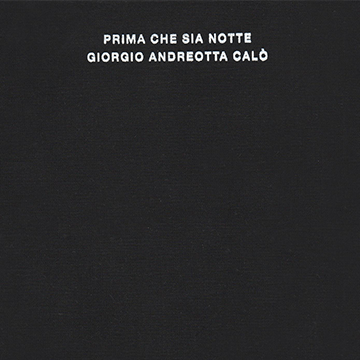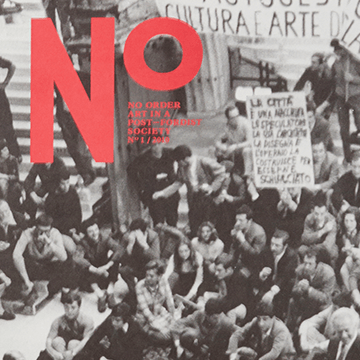Stonemasons, cinema staff, a climbers’ cooperative, a group of 1970s militants. These communities testify to a period of upheaval that swept across Europe from the late 1960s to 1989. The fragments of biographies and the social relationships that Cora Piantoni depicts, are episodes in the context of this historic narrative: the legacy of anti-fascism in Italy, political dissent in the former Eastern Bloc, the fall of the Berlin Wall.
Tag: Art
Lieux de Mémoire and Desire
The publication presents five cinematic works of Maya Schweizer and examines how the artist approaches the relation of montage editing techniques with the concept of film and memorial and film as memorial – a relation which traces back to both the very beginnings of montage and incorporates the research of French historian Pierre Nora. Recurring moments in Schweizer’s multiform art practice revolve around the examination of subtly treated processes of memory regarding historic-political events in public space. In the places, structures and situations she investigates, historical threads intersect.
Firenze 1977
Firenze 77 tells the story of a number of artists who passed through Florence, and Villa Romana, between the second half of the 1970s and the early 1980s. This book brings together a series of notes, comments, book summaries and various kinds of devices and does not pretend to be other than a collection of heterogeneous, autonomous material and is open to the prospect of a future, broader and unified work.
Pensando All’Oriente 1973–79
This publication was made in collaboration with Archivio Luciano Bartolini, which since 1994 – the year of the artist’s death – has conducted careful research for the conservation and cataloguing of his works. Created in parallel with the volume Firenze 1977 it takes a position of ideal continuity with the essay by Paolo Emilio Antognoli Viti, accompanying the historical-critical recontextualization of the figure of the artist with an important tool of documentation on his work from 1973 to 1979.
Summer Winter East West
Display and its social dimensions are leitmotifs in the multiform art practice of Martin Beck. His exhibition ‘Last Night’ at Kunsthaus Glarus reflected on the relations between exhibiting and community by bringing together two bodies of works: one drawing on modern exhibition history, the other building on the history of countercultural communes in the 1960s and early 1970s United States. Summer Winter East West discusses Beck’s engagement with display not only as a tool of presentation but also as a form of communication – within and beyond the realm of the exhibition. What are the possibilities for imaging community? How can togetherness be presented (or present itself), and to what degree is exhibiting already an aspect of community building?
Brancusi. An Afterlife
Posthumous interpretations of the life and work of Constantin Brancusi, as employed by Alexandra Croitoru in her artistic research, are part of what can be understood as the ‘Brancusi effect’ in post-Stalinist Romanian culture. Unlike the established concept of influence, which denotes a relationship of causality between an active agent and a passive receptor, the term ‘effect’, the same as ‘afterlife’, has the advantage of affirming a plurality of cultural agents that contribute to a given cultural construct; it also allows the affirmation of a retrospective influence on the meaning of Brancusi via terms such as re-contextualisation, re-modeling, re-signification, etc. The cultural signifier Brancusi has inevitably expanded its range of significations. Readings of it, as well as its cultural meaning, can no longer be purely aesthetic.
Da Cauda à Cabeça
Published on the occasion of Carla Filipe’s show da cauda à cabeça (from tail to head), this monograph, the first ever dedicated to the artist, focuses on the project presented at Museu Coleção Berardo, with an essay by the curator Pedro Lapa, and a comprehensive documentation of the show. It also refers to a number of previous projects selected or especially created by Carla Filipe. The book features additional texts by Vít Havránek and Pedro G. Romero, and an interview with Stephan Dillemuth, contextualize both the artist’s work and this project in particular, which summarises to some extent the artist’s investigation into Portuguese railroads. The publication was conceptualised by Carla Filipe in close collaboration with Gonçalo Sena, who also designed it.
Prima Che Sia Notte
This monograph has been published in connection with the MAXXI’s Premio Italia Contemporanea prize that Giorgio Andreotta Calò won in 2012 and was developed in collaboration with him focusing on his installation Prima Che Sia Notte. The work of Calò — performative and ephemeral — rests at the intersection of art and architecture. He intervenes on buildings and landscape, appropriating and transforming architecture and space into symbolic and aesthetic experiences. His most significant works include a series of walks that took him 1,600 miles through France, Spain, and Portugal, or 98km along the abandoned coastal train line in Lebanon, or the appropriation of the abandoned parliament building in Sarajevo which he illuminated from sunset to sunrise with an artificial light.
No Order
No Order editorial research focuses on the relationships between contemporary art systems and capitalism’s production processes. By means of an investigation into current creative industries – and their social, economic and semiotic assemblages – the contributions (essays, interviews and dialogues as well as artists’ projects) aim to deconstruct, analyse and intervene within the ambit of the procedures and forms of cognitive capitalism. It concentrates, in particular, on the phenomena of the ‘biennalisation’, ‘financialisation’ and ‘spectacularisation’ of the political, beginning with the control and distribution of forms of artistic education, production and display on a global scale.
Resolution 827
This publication's title references the UN Security Counsel Resolution that in 1993 established the International Criminal Tribunal for the former Yugoslavia (ICTY). It is the outcome of a collaboration between Stedelijk Museum Bureau Amsterdam and the Museum of Contemporary Art, Belgrade. Previously taking the form of an exhibition and artist presentations at SMBA and a panel discussion hosted by the Stedelijk Museum's Public Program, it now finds it result in this publication that brings together various texts by the participating artists, visual documentation of their works and adaptions of the discussions that took place.









